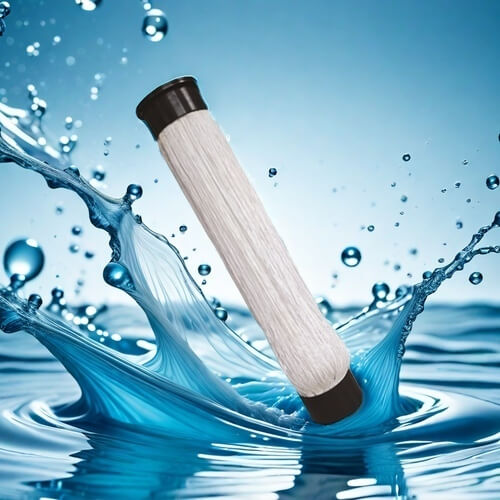What should I do if the phosphorus in the sewage treatment plant exceeds the standard?
If the phosphorus in the sewage treatment plant exceeds the standard, the following methods can be used to solve the problem:
1. Strengthen pre-treatment: Before entering the sewage treatment plant, source control can be strengthened to prevent excessive phosphorus from entering the sewage system. For example, for industrial emission sources, it can be required to install pretreatment equipment or make adjustments to reduce phosphorus emissions.
2. Adjust the treatment process: In response to the situation where phosphorus exceeds the standard, the treatment process of the sewage treatment plant can be adjusted. Common methods include increasing the dosage of chemical precipitants, adjusting the sludge return ratio, etc., to improve the removal efficiency of phosphorus.

3. Introduce new technologies: Modern sewage treatment technology is constantly innovating, and new phosphorus removal technologies such as biological adsorption and chemical oxidation can be considered. These new technologies can effectively improve the removal efficiency of phosphorus.
4. Rational use of waste: Phosphorus is a renewable resource that can be recycled from sewage by appropriate means. For example, phosphorus recovery devices are used to convert phosphorus into fertilizers or other useful products.
5. Monitoring and management: Regularly monitor the effluent quality of sewage treatment plants, promptly detect excessive phosphorus, and take appropriate treatment measures. In addition, strengthening the management and operation of sewage treatment plants and ensuring the normal operation of equipment will help reduce the occurrence of excessive phosphorus.
It should be noted that for specific situations, it is best to consult professional environmental engineers or relevant agencies to develop appropriate treatment plans and ensure compliance with local laws and regulations.
